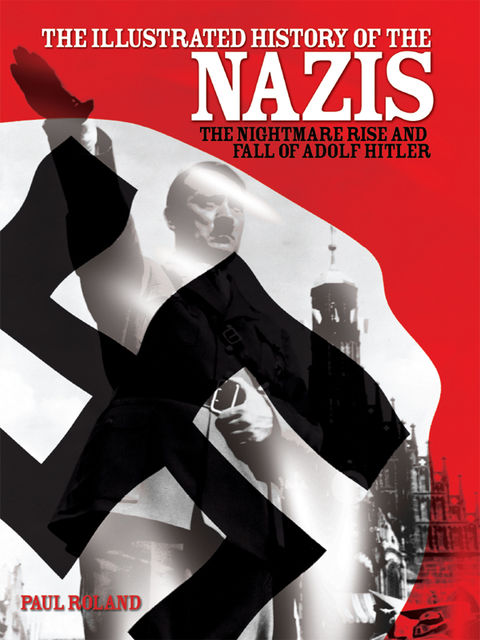The Illustrated History of the Nazis
- rosmirцитирапреди 7 годиниSince the body is cremated immediately, neither the family nor the criminal investigation department can discover whether there really was such an illness and what the cause of death was.
- rosmirцитирапреди 7 годиниCHAPTER SIX
THE THOUSAND-YEAR REICH
HITLER’S ARCHITECT
Six weeks after Hitler became chancellor an obscure but promising young architect received a telephone call summoning him to Berlin. Albert Speer, then just 27 years old, accepted the invitation without hesitation and drove through the night from his home in Mannheim, arriving weary but eager at party headquarters. He was met by District Organization Leader Hanke, the official who had called him to the capital, and was told to report to the ‘Herr Doctor’, who wished to inspect an imposing 19th century building he had chosen for his new ministry.
Dr Goebbels greeted Speer with uncharacteristic cordiality and wasted no time in ushering him into an official car. Together they drove to the Wilhelmsplatz where a large crowd had gathered hoping for a sight of the Führer whose Chancellery was directly opposite. Speer surveyed the expectant faces of the strangers who now shared a common bond – hope for the future and faith in their Führer. As the car turned into the spacious courtyard of the ministry he had a sense that a new epoch was beginning and that he was taking his place at the centre of it all.
Speer had joined the party at a comparatively late stage, in 1931, and had been dismayed to discover that the local party members were petty bureaucrats of a ‘low personal and intellectual level’. He could not imagine them governing the nation. But it would become clear to him over the following weeks that it was the force of Hitler’s personality that empowered such nonentities. And it was their desire to please him that oiled the wheels of the regime.
As they toured the building Goebbels made it clear that no expense was to be spared in renovating the offices and great halls in the grand imperial style that befitted his status. In common with all of the regime’s building projects no budget had been agreed and no plans had been approved, so Speer had a totally free hand. Even so, when he prepared his sketches he opted for modest classical lines in keeping with the original architect’s intentions. To his dismay these embellishments did not meet with Goebbels’ approval. He found them ‘insufficiently impressive’ and commissioned a Munich firm to remodel the building in what Speer later referred to as ‘ocean-liner style’.
However, Speer was given a second chance shortly afterwards when Goebbels asked him to refurbish his private residence, a commission the young architect rashly promised to complete in just two months. Using three teams of labourers working around the clock Speer managed to bring the job
fb2epub
Плъзнете и пуснете файловете си
(не повече от 5 наведнъж)


